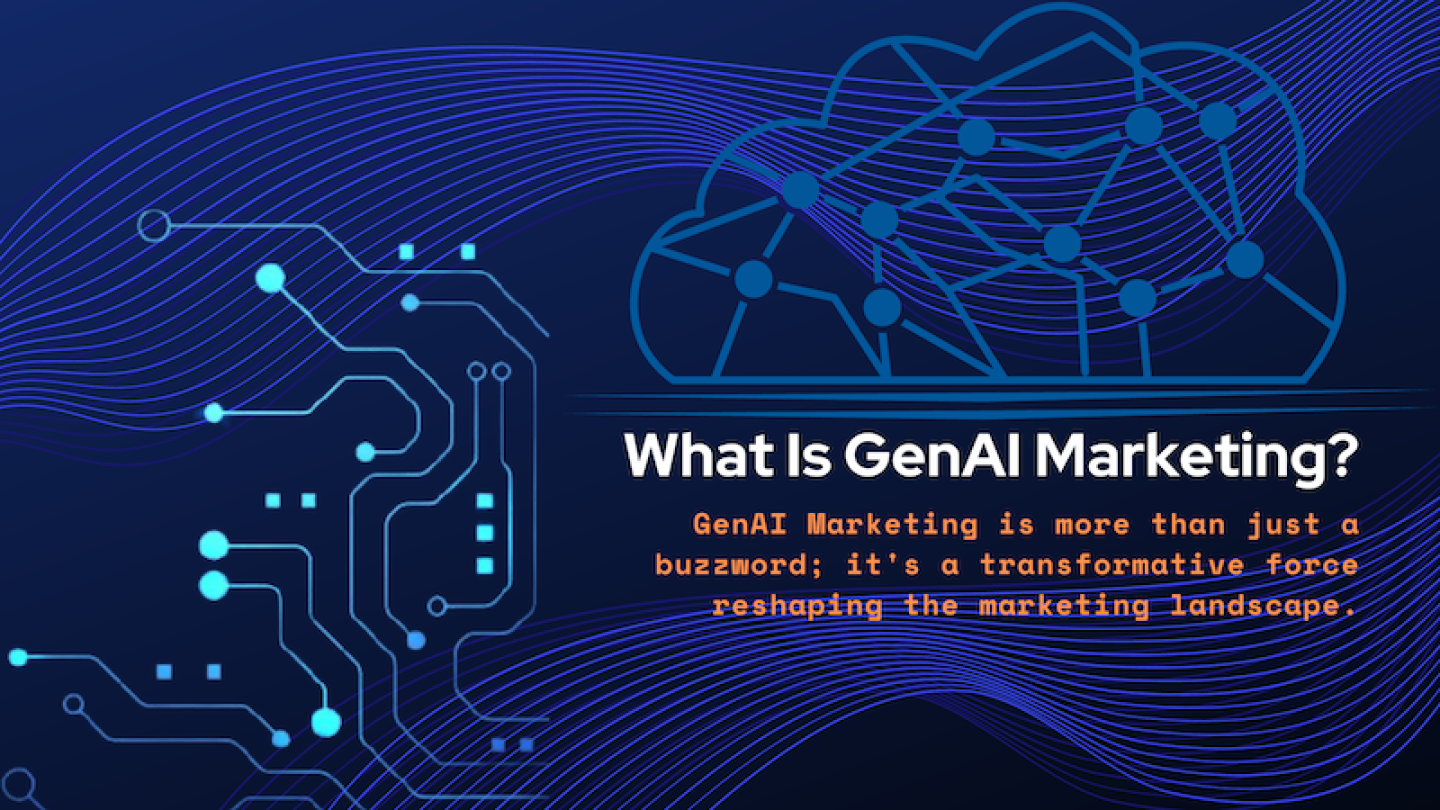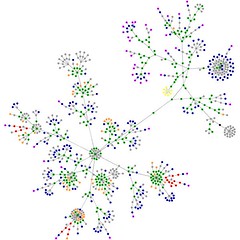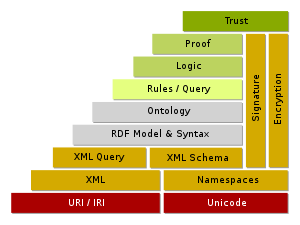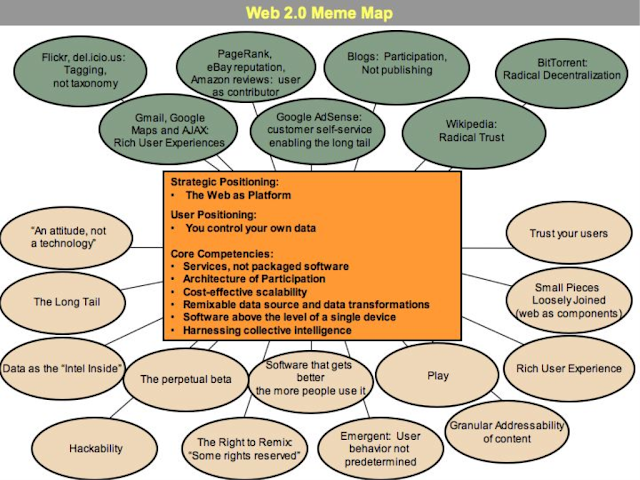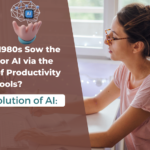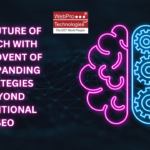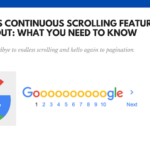In the ever evolving landscape of marketing, a new paradigm has emerged - GenAI Marketing. Combining the power of artificial intelligence (AI) and generative algorithms, GenAI Marketing is poised to revolutionize how businesses engage with their audiences, personalize experiences, and drive conversions. Let's right away delve into what GenAI Marketing entails, its key components, benefits, challenges, and its profound implications for the future of advertising.
Understanding GenAI Marketing:
GenAI Marketing represents a fusion of cutting-edge technologies, primarily AI and generative algorithms. At its core, it leverages AI to analyze vast amounts of data, including consumer behavior, preferences, and market trends, to derive actionable insights. These insights are then utilized by generative algorithms to create hyper-personalized content, advertisements, and marketing campaigns tailored to individual consumers or specific audience segments.
Key Components of GenAI Marketing:
Artificial Intelligence (AI): AI serves as the backbone of GenAI Marketing, enabling sophisticated data analysis, predictive modeling, and automation of marketing processes. Machine learning algorithms sift through immense datasets to identify patterns, trends, and correlations, empowering marketers to make data-driven decisions and optimize campaign performance in real-time.
Generative Algorithms: Generative algorithms play a pivotal role in GenAI Marketing by generating diverse and engaging content autonomously. These algorithms utilize deep learning techniques to mimic human creativity, producing compelling visuals, persuasive copy, and interactive experiences customized to resonate with target audiences. From image generation to natural language processing, generative algorithms enable marketers to scale content creation efficiently and cost-effectively.
Data Integration and Analytics: Seamless integration of disparate data sources is essential for GenAI Marketing success. Marketers leverage advanced analytics platforms to aggregate and analyze structured and unstructured data from various touchpoints, including social media, websites, and customer relationship management (CRM) systems. By gaining a holistic view of consumer behavior and preferences, marketers can tailor their campaigns with precision and relevance.
Personalization Engines: Personalization lies at the heart of GenAI Marketing, driving enhanced customer engagement and conversion rates. Personalization engines utilize AI-driven algorithms to deliver tailored content, product recommendations, and offers based on individual preferences, purchase history, and browsing behavior. By delivering personalized experiences across channels, marketers can foster deeper connections with consumers and drive brand loyalty.
Benefits of GenAI Marketing:
Enhanced Customer Engagement: GenAI Marketing enables marketers to deliver highly relevant and engaging content that resonates with individual consumers, fostering deeper connections and driving increased engagement metrics.
Improved Targeting and Segmentation: By leveraging AI-powered insights, marketers can segment their audience with precision and target them with personalized campaigns, resulting in higher conversion rates and improved return on investment (ROI).
Scalability and Efficiency: Automation and machine learning capabilities inherent in GenAI Marketing enable marketers to scale their campaigns efficiently, reaching a broader audience while minimizing manual effort and resource allocation.
Real-time Optimization: With real-time data analytics and predictive modeling, GenAI Marketing empowers marketers to optimize their campaigns on the fly, adjusting targeting, messaging, and creative elements for maximum impact and effectiveness.
Challenges and Considerations of GenAI Marketing:
Despite its transformative potential, GenAI Marketing presents several challenges and considerations for marketers:
Ethical and Privacy Concerns: The use of AI in marketing raises ethical questions regarding data privacy, consent, and potential biases in algorithmic decision-making. Marketers must prioritize transparency, accountability, and compliance with data protection regulations to build trust and mitigate risks.
Quality Control and Brand Consistency: While generative algorithms offer unprecedented scalability and efficiency in content creation, maintaining quality control and ensuring brand consistency can be challenging. Marketers must establish rigorous guidelines, oversight mechanisms, and validation processes to uphold brand integrity across all touchpoints.
Over-reliance on Technology: GenAI Marketing relies heavily on technology and automation, risking the loss of human creativity, intuition, and empathy in the marketing process. Marketers must strike a balance between leveraging AI capabilities and preserving the human touch to deliver authentic and meaningful experiences to consumers.
Adaptability and Continuous Learning: The rapid pace of technological innovation necessitates ongoing learning and adaptation for marketers to stay abreast of emerging trends, best practices, and evolving consumer behaviors. Continuous education, experimentation, and collaboration are essential for harnessing the full potential of GenAI Marketing.
Implications for the Future of GenAI Marketing:
GenAI Marketing represents a paradigm shift in how businesses connect with their audiences, drive customer engagement, and achieve marketing objectives. As AI and generative algorithms continue to advance, the possibilities for personalized, immersive, and interactive marketing experiences are limitless. From virtual influencers to AI-powered chatbots, the future of advertising will be characterized by unprecedented creativity, agility, and relevance.
GenAI Marketing is more than just a buzzword; it's a transformative force reshaping the marketing landscape. By harnessing the power of AI and generative algorithms, marketers can unlock new levels of personalization, efficiency, and effectiveness in their campaigns. However, realizing the full potential of GenAI Marketing requires a strategic approach, ethical considerations, and a commitment to continuous innovation. As we navigate this exciting frontier, one thing is clear: the future of advertising is intelligent, adaptive, and profoundly human-centric.
